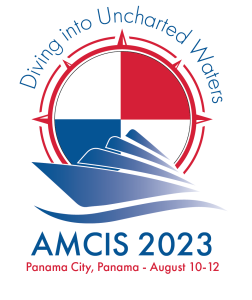Loading...
Paper Type
ERF
Description
Executives continue to grapple with a variety of issues involving strategic IT alignment (SITA) and adaptation to unexpected market events. For many firms, the rise of global competition and increasing volatility have frustrated efforts to pursue SITA and with it, efforts to achieve organizational agility. In the face of a volatile environment, aligning IT to a changing business strategy can be difficult if IT is slow to respond—any ensuing rigidity traps could hinder agility. This paper introduces a model of SITA based on the concept of loose coupling. In focusing on the form of SITA based on loose or tight coupling between IT strategy and business strategy, we look beyond performance impacts of SITA to investigate how SITA is shaped by environmental change and the resulting implications to organizational agility and performance. Propositions are introduced to help guide future research on SITA in dynamic environments.
Paper Number
1718
Recommended Citation
Queiroz, Magno; Tallon, Paul; and Coltman, Tim, "Achieving Strategic IT Alignment in Dynamic Environments: On the Value of Loose and Tight Coupling" (2023). AMCIS 2023 Proceedings. 9.
https://aisel.aisnet.org/amcis2023/sig_scuidt/sig_scuidt/9
Achieving Strategic IT Alignment in Dynamic Environments: On the Value of Loose and Tight Coupling
Executives continue to grapple with a variety of issues involving strategic IT alignment (SITA) and adaptation to unexpected market events. For many firms, the rise of global competition and increasing volatility have frustrated efforts to pursue SITA and with it, efforts to achieve organizational agility. In the face of a volatile environment, aligning IT to a changing business strategy can be difficult if IT is slow to respond—any ensuing rigidity traps could hinder agility. This paper introduces a model of SITA based on the concept of loose coupling. In focusing on the form of SITA based on loose or tight coupling between IT strategy and business strategy, we look beyond performance impacts of SITA to investigate how SITA is shaped by environmental change and the resulting implications to organizational agility and performance. Propositions are introduced to help guide future research on SITA in dynamic environments.
When commenting on articles, please be friendly, welcoming, respectful and abide by the AIS eLibrary Discussion Thread Code of Conduct posted here.



Comments
SCUIDT